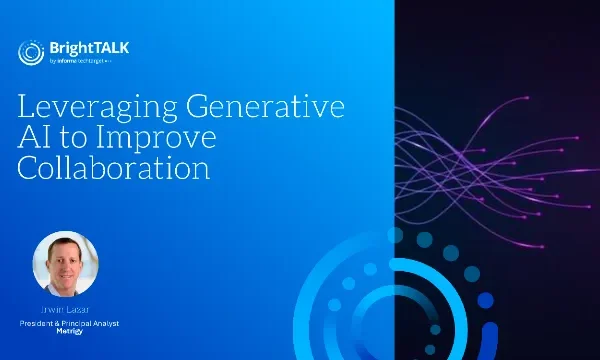Successful contact center RFPs are built on collaboration, vendor research, countless questions and answers, scorecards, shortlists, trial runs, bakeoffs and the final decision.
Given the pace of innovation among CX providers, one of the more important decisions contact center leaders can make is the selection of their technology partners. That’s why it’s imperative to conduct and analyze a formal request for proposal before selecting the next provider.
Businesses should cast a wide net and ask detailed questions in their RFPs regarding contact center, AI and CRM platforms as well as communications platform as a service (CPaaS). Answers to these questions should be evaluated quantitatively and qualitatively to arrive at a shortlist of vendors that offer the best fit for the contact center’s requirements.
Though companies can buy CX services from different types of providers, most view the contact center as their core platform. Key areas businesses evaluate include the architecture (public cloud, dedicated cloud, on premises or hybrid), integrations (with unified communications, CRM, AI and CPaaS) and AI offerings (integrations with third parties or native).
A contact center RFP gets the answers and information a business needs to make the right decision for its operations. The RFP responses determine the organization’s CX capabilities, potential integrations, ability to innovate and more.
7 steps to establish a contact center RFP
Continue reading at techtarget.com.





